Discover the vibrant tapestry of local culture and history in Querétaro, a region steeped in tradition and rich with stories. Nestled in the heart of Mexico, Querétaro offers a unique blend of indigenous heritage, colonial influences, and modern development. From the ancient roots of its indigenous tribes, such as the Otomi, to its status as a growing economic hub, Querétaro captivates visitors and historians alike. This enchanting destination is not merely a place of historical significance but also a living testament to Mexico’s diverse cultural landscape. Explore the traditions, landmarks, and people that define Querétaro, uncovering its hidden gems and enduring legacy.
Key Takeaways
– Understanding the Local Identity: Discover how “Queretanos” and “Santiagueros” define their cultural roots and connection to Querétaro.
– The Legacy of the Otomi People: Explore the rich history and contributions of the Otomi, including their agricultural innovations and cultural preservation.
– Economic and Cultural Hub: Uncover why Querétaro thrives as a dynamic mix of economic powerhouses and cultural treasures.
– Infrastructure and Future Potential: Learn about Querétaro’s investments in infrastructure and its promising outlook for growth and development.
– Strategic Location and Connectivity: Discover how Querétaro’s strategic geography drives its role in regional and national economies.
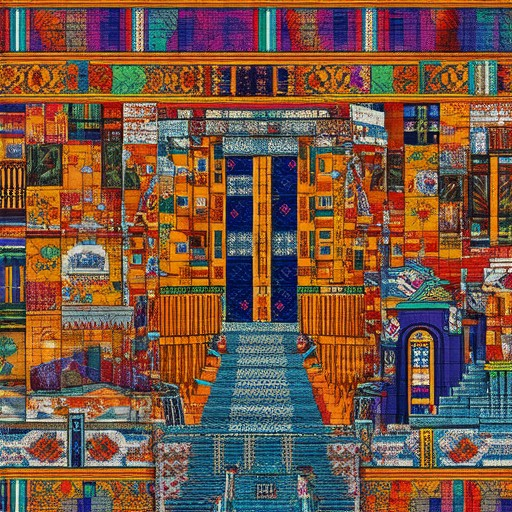
Native Tribe of Querétaro
The indigenous group that once inhabited Querétaro was the Otomí people . Specifically, the Sierra Nahñu subgroup of the Otomí were the primary inhabitants of Querétaro and neighboring regions during the time of Spanish contact. The Otomí, who refer to themselves as Nahñu or Hñahñu , played a significant role in shaping the cultural and historical landscape of Querétaro.
The Otomí are known for their rich traditions and customs, which have left a lasting impact on the region. Their presence is a testament to the diverse and complex history of Querétaro, reflecting the resilience and adaptability of indigenous cultures in the face of external influences.
While the Otomí population is now a minority, their legacy continues to be celebrated and preserved in Querétaro, contributing to the unique character of the city and its surrounding areas.
Learn more about Querétaro’s rich history .
Explore the cultural experiences that highlight the indigenous heritage of Querétaro.
What is Querétaro Known For?
Querétaro is renowned for its rich cultural heritage, historical significance, and vibrant artistic scene. Here are some key aspects that highlight why Querétaro stands out:
- Cultural Significance: Querétaro is celebrated for its deep-rooted colonial history and architectural treasures. The city boasts iconic landmarks such as the impressive La Asunción del Convento de Santa María de Guadalupe , a stunning example of Baroque architecture.
- Artistic and Craftsmanship: Querétaro is a hub for traditional Mexican craftsmanship. The region is famous for producing high-quality pottery, textiles, and artisanal products, making it a must-visit destination for art enthusiasts and shoppers seeking authentic Mexican goods.
- Culinary Delights: Querétaro offers a unique culinary experience. The city is known for its distinctive dishes, such as El Charrito and Pozole Rojo , which showcase the rich flavors of the region.
- Economic Contributions: Querétaro is a significant player in Mexico’s wine industry, with numerous wineries contributing to its reputation as a leading producer of fine wines. This agricultural and viticultural heritage adds to the area’s economic strength.
- Cultural Festivals: The city hosts various cultural events and festivals throughout the year, attracting visitors who appreciate its lively atmosphere and tradition-oriented celebrations.
These elements collectively make Querétaro a fascinating destination, offering a blend of history, culture, and natural beauty that captivates visitors.
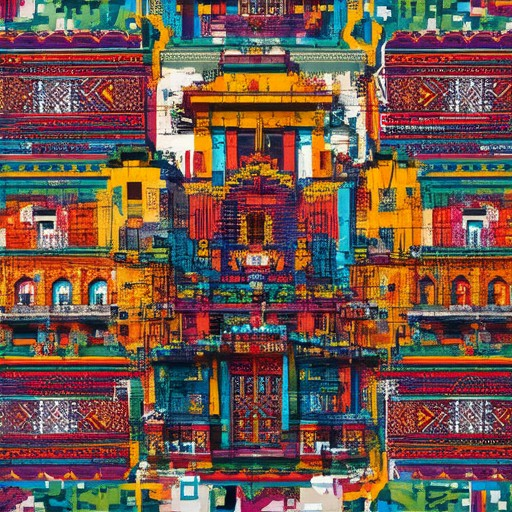
What Does Querétaro Mean?
The name “Querétaro” originates from the Nahuatl language, which was spoken by the Aztec people before the Spanish conquest. The term can be broken down into two parts: “queter” and “taro.”
- Queter : This part of the name may refer to a geographical feature, possibly indicating a place where water ends or a boundary between bodies of water.
- Taro : This could relate to a type of stone or rock formation, suggesting a connection to the physical landscape.
Some scholars propose that “Querétaro” might also mean “place of the reptiles” or “place of the giant rocks,” though this interpretation is less commonly accepted. The city was officially recognized as “Santiago de Querétaro” in 1656, reflecting its historical and cultural significance. Over time, after gaining independence, the name was simplified to “Querétaro.”
While the exact meaning of “Querétaro” remains debated, its etymology reflects the region’s rich history and geological features.
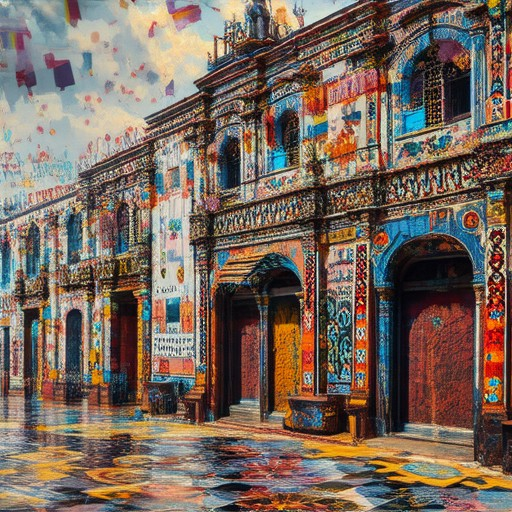
What Do People From Querétaro Call Themselves?
People from Querétaro, the state in Mexico, are commonly referred to as “Queretanos” . This term is derived from the name of the state and is used to denote anyone originating from or residing in Querétaro. Additionally, those specifically from the capital city, Santiago de Querétaro, are sometimes called “Santiagueros” , reflecting the city’s nickname “Santiago de Querétaro.”
This usage aligns with typical Spanish demonym conventions, where the suffix “-ano” is often appended to place names to form demonyms.
The History of the Otomi People
The Otomi people have a rich and ancient history that traces back thousands of years. As the indigenous group native to the Mexican highlands, the Otomi played a pivotal role in the development of early civilizations in the region. Their story is one of resilience, cultural preservation, and adaptation through the centuries.
Archaeological evidence suggests that the Otomi people were among the earliest settlers of the Mexican highlands, with origins dating back to approximately 8000 BCE. Over time, they developed advanced agricultural techniques, enabling them to establish stable communities and expand their influence across the region.
By around 5000 BCE, the Otomi had begun to expand their territories, leading to the development of distinct dialects within their language. Today, at least ten dialects of the Otomi language are still spoken, reflecting the diverse linguistic evolution of the community.
Throughout history, the Otomi people have faced various challenges, including periods of foreign domination and cultural assimilation. Despite these difficulties, they have managed to preserve much of their traditional knowledge, customs, and cultural heritage, which continues to thrive today.
- Agricultural Revolution: The Otomi were instrumental in the early stages of the agricultural revolution in Mesoamerica, cultivating crops such as maize, beans, and squash, which formed the foundation of many indigenous societies.
- Societal Structure: The Otomi society was organized into tightly-knit communities, often governed by leaders who were respected for their wisdom and leadership skills.
- Cultural Evolution: Over time, the Otomi people developed unique cultural practices, including intricate pottery-making techniques, traditional music, and oral storytelling traditions that have been passed down through generations.
- Interactions with Neighboring Groups: The Otomi were known to interact with other indigenous peoples, trading goods and sharing knowledge, which contributed to the cultural richness of the region.
Today, the Otomi people continue to play a significant role in the cultural landscape of Mexico, particularly in regions like Querétaro, where their traditions and contributions are celebrated and preserved. Efforts are ongoing to protect and promote their heritage, ensuring that future generations can learn from and appreciate the rich history of the Otomi people.
Explore Querétaro’s Cultural Heritage to delve deeper into the stories and traditions of the Otomi people and other indigenous groups that have shaped the vibrant culture of this region.

What is the fastest growing city in Mexico?
Querétaro, Mexico, is widely recognized as one of the fastest-growing cities in the country. With a population exceeding 800,000, Querétaro stands out as a non-resort and non-border city that has experienced significant growth in recent years.
Economic Growth and Development
Querétaro’s rapid growth is driven by its strategic location as a crossroads hub, connecting major trade routes and industrial centers. Its proximity to Mexico City, one of the most populous and economically influential cities in North America, has further fueled its economic expansion. The city has become a hub for manufacturing, technology, and services, attracting businesses and investors looking to tap into lucrative markets.
Cultural and Historical Significance
Beyond its economic prowess, Querétaro boasts a rich cultural heritage and historical attractions, making it a popular destination for both tourists and residents. The city is home to ancient archaeological sites, colonial-era architecture, and vibrant cultural festivals. This unique blend of tradition and modernity contributes to its appeal and sustained growth.
Infrastructure and Future Projections
Querétaro’s commitment to infrastructure development has been a key factor in its growth. The city has invested heavily in transportation networks, healthcare facilities, and public amenities, ensuring a high quality of life for its residents. These investments position Querétaro as a competitive metropolis poised for continued expansion.
A Strategic Location
Querétaro’s geographical positioning makes it a gateway to key regions in Mexico. Its location along the Corridor del Norte connects it to the United States, while its access to the interior of Mexico allows it to serve as a logistics and distribution center. This strategic advantage enhances its role in regional and national economies.
Conclusion
Querétaro’s combination of economic strength, cultural richness, and strategic location makes it a standout among Mexican cities. As it continues to grow, Querétaro remains a promising destination for businesses, investors, and visitors alike.
For more information about Querétaro and its attractions, explore Aqui Es Querétaro .

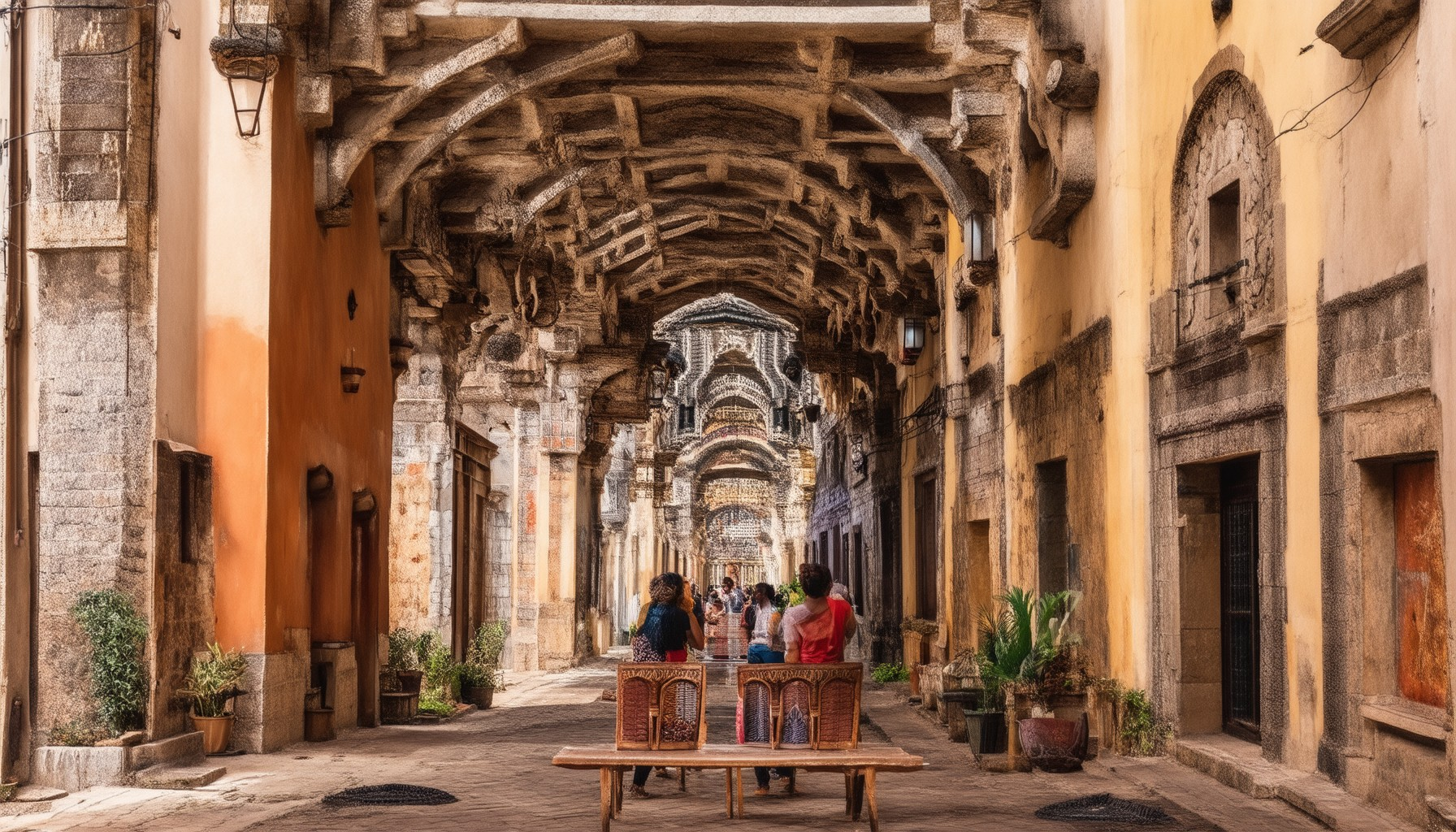
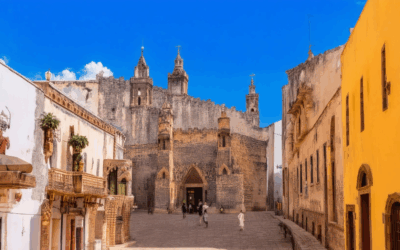
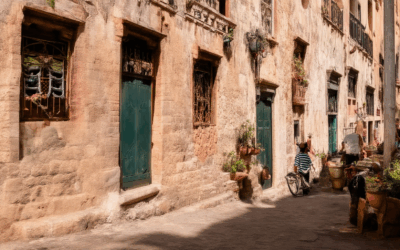
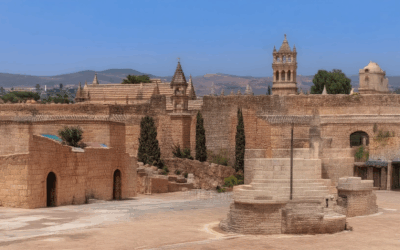
0 Comments